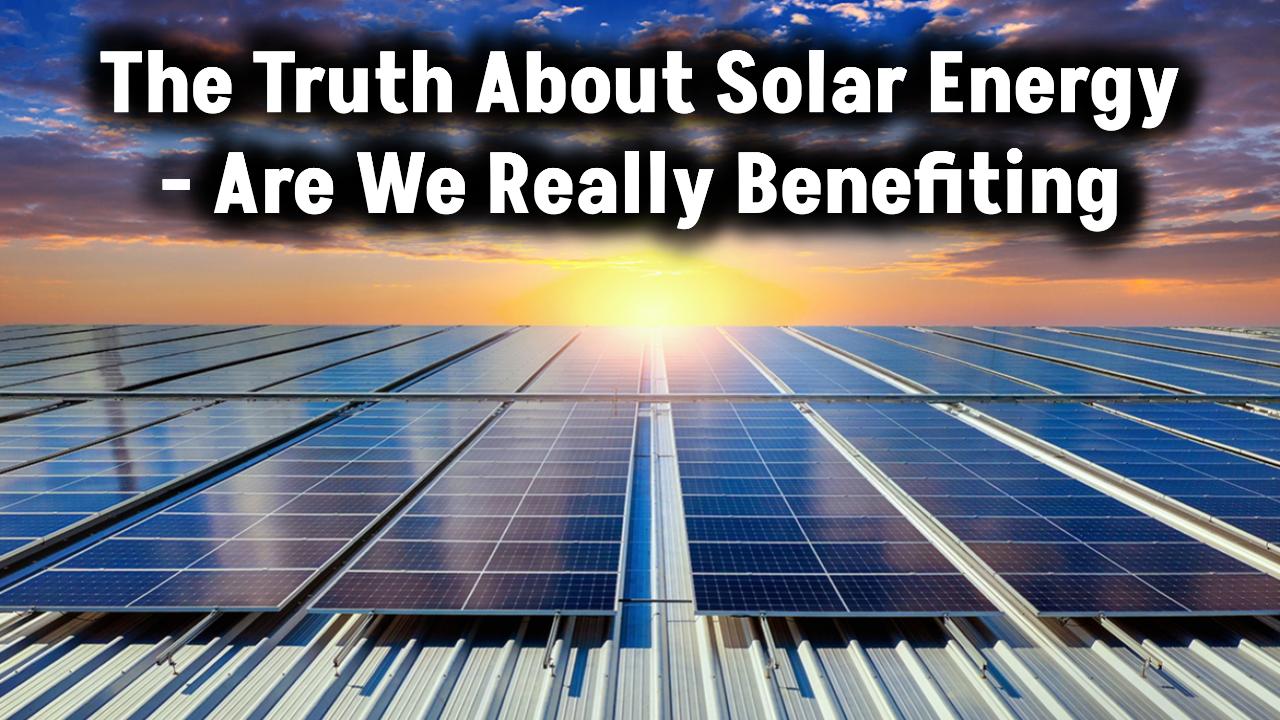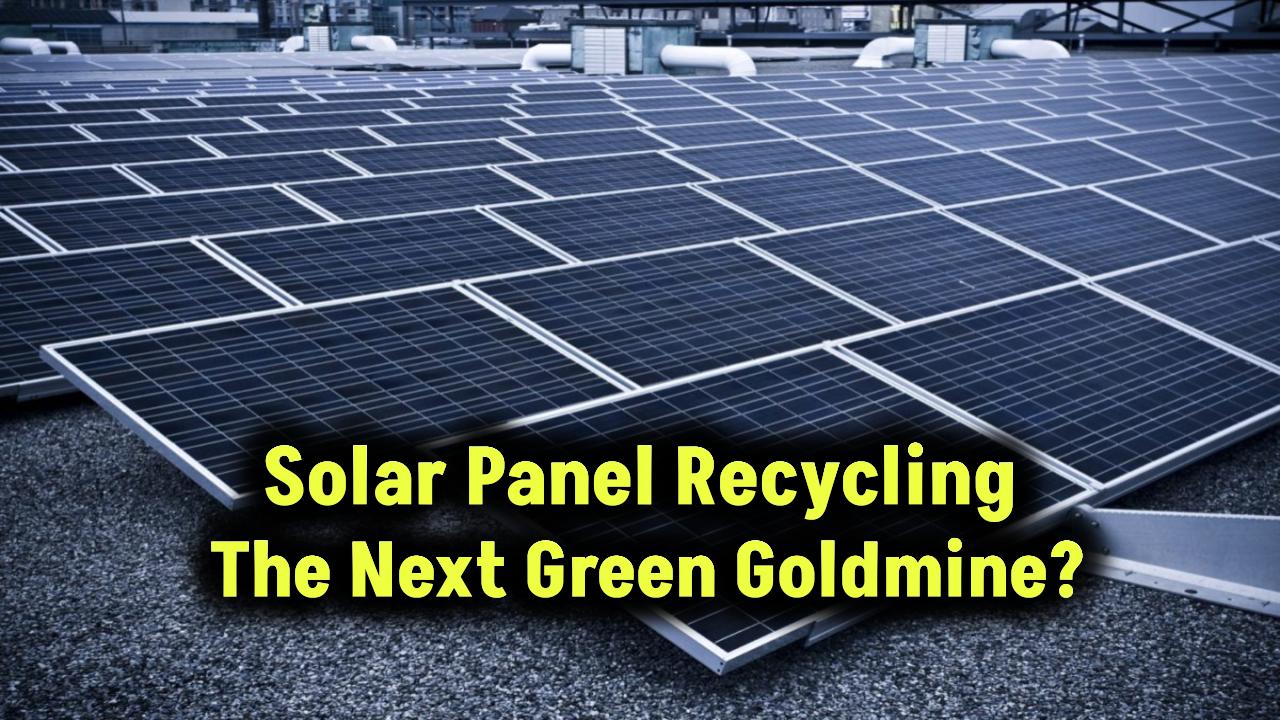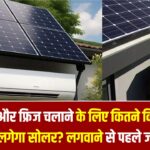
If you’ve ever looked into installing solar panels in the United States, you’ve probably wondered: What percentage of U.S. solar panels are made in China? It might surprise you to learn that as of 2024, less than 1% of solar panels imported into the U.S. come directly from China. Yes, you read that right! The solar industry has undergone major changes over the past decade, especially in response to U.S. trade policies, global supply chains, and growing demand for clean energy.
This article breaks down the story behind those numbers, giving you a comprehensive and easy-to-follow guide to where your solar panels are really coming from, why it matters, and what you should consider whether you’re a homeowner, investor, or clean energy professional.
Also Check: Not Tesla? Who is the number 1 solar company in the USA?
Why Were Most Solar Panels Previously Made in China?
In the early 2010s, China dominated the global solar market, thanks to strong government subsidies, large-scale manufacturing capabilities, and lower production costs. At one point, China was supplying over 50% of the solar panels imported to the United States.
However, this raised concerns among U.S. policymakers about overreliance on a single country for critical clean energy infrastructure. In 2012, the U.S. imposed anti-dumping and countervailing duties on Chinese solar products to level the playing field. These tariffs were later expanded, effectively reducing direct Chinese imports.
Where Do U.S. Solar Panels Come From Now?
Even though only a tiny fraction of U.S. solar panels are labeled “Made in China,” that doesn’t mean Chinese companies have disappeared from the picture.
The Rise of Southeast Asian Manufacturing
To avoid tariffs, many Chinese solar companies moved their production to Vietnam, Malaysia, Thailand, and Cambodia. As of 2024, these countries account for approximately 84% of all solar modules imported into the U.S., often using Chinese-owned facilities or Chinese-made components.
Made in America?
The U.S. has made strides in domestic manufacturing, especially after the Inflation Reduction Act (IRA) of 2022. The act provides incentives for companies to manufacture clean energy components in the U.S., helping expand domestic capacity.
Still, the domestic supply chain is relatively small, and most solar panels used in the U.S. are still imported. However, that number is slowly shifting as more factories open across the country.
Expansion Plans and Federal Support
The Biden administration has also rolled out additional grants and loan guarantees through the Department of Energy to support new manufacturing facilities. Companies like Heliene, Mission Solar, and Convalt Energy are scaling operations with plans to add thousands of jobs across states like New York, Texas, and Minnesota.
Understanding the Global Solar Supply Chain
Solar panels are not made in one place. They are assembled using components from around the world, especially polysilicon, wafers, solar cells, and modules.
China’s Dominance
According to the International Energy Agency (IEA):
- China produces over 80% of the world’s polysilicon, the raw material for solar panels.
- Over 95% of solar wafers and more than 75% of solar cells are made in China.
- Even if panels are assembled in Southeast Asia or the U.S., they likely contain Chinese-made parts.
So, while fewer solar panels may carry a “Made in China” label, China’s role in the supply chain remains enormous.
Ethical Considerations
There have also been concerns over forced labor practices in regions like Xinjiang, where much of China’s polysilicon is produced. This has led to increased scrutiny and the creation of supply chain traceability rules in the U.S. under the Uyghur Forced Labor Prevention Act (UFLPA).
Also Check: These Are the Best U.S.-Made Solar Panels in 2025 – #1 Will Blow Your Mind!
What This Means for U.S. Consumers and Professionals
If you’re considering solar for your home or business, understanding the supply chain can help you make informed decisions. Here are some practical insights:
1. Ask About the Origin
Talk to your solar installer or provider about where the panels and their components are sourced. Some companies prioritize American-made panels or ones with fewer ties to controversial labor practices.
2. Consider Quality and Warranty
Some of the top-tier solar panels are made by Chinese companies like LONGi and JinkoSolar, which are known for quality and innovation. Country of origin isn’t the only factor — reliability, warranty, and efficiency also matter.
3. Support Local Manufacturing
Purchasing from U.S.-based manufacturers like First Solar or Qcells (based in Georgia) can support American jobs and reduce carbon emissions related to shipping.
4. Look for Certifications
Ensure panels are certified by reputable testing bodies like UL (Underwriters Laboratories) or IEC (International Electrotechnical Commission). Certifications help verify performance, durability, and ethical sourcing.
How to Choose the Right Solar Panels
Step 1: Identify Your Goals
Are you focused on cost savings, sustainability, energy independence, or supporting local economies?
Step 2: Research Brands
Look into the top solar panel brands and where they manufacture. Check reviews and third-party test results.
Step 3: Compare Quotes
Get at least three quotes from certified solar installers. Use platforms like EnergySage for easy comparison.
Step 4: Understand Incentives
Federal and state incentives, like the 30% Federal Solar Tax Credit, can make solar more affordable.
Step 5: Ask the Right Questions
- Are the panels Tier 1 rated?
- What’s the efficiency rating?
- Where were the panels and components made?
- What is the warranty period?
- Are the products compliant with UFLPA and other ethical sourcing laws?
(FAQs)
1. Are any solar panels actually made in the USA?
Yes. Companies like First Solar, Qcells USA, Silfab Solar, and Mission Solar have U.S.-based manufacturing facilities. While not all components may be American-made, these firms contribute to domestic production.
2. Why did U.S. imports from China drop so much?
Due to tariffs and trade restrictions, as well as efforts to diversify and localize supply chains.
3. Is it bad to use Chinese-made solar panels?
Not necessarily. Many Chinese panels are high-quality and cost-effective. The key is to ensure ethical sourcing and reliable performance.
4. What role does the Inflation Reduction Act play?
The IRA encourages U.S. clean energy manufacturing through tax credits and grants, aiming to reduce reliance on foreign sources.
Also Check: You’re Wasting Money Without Knowing THIS: How Many Solar Panels Your Home Really Needs









